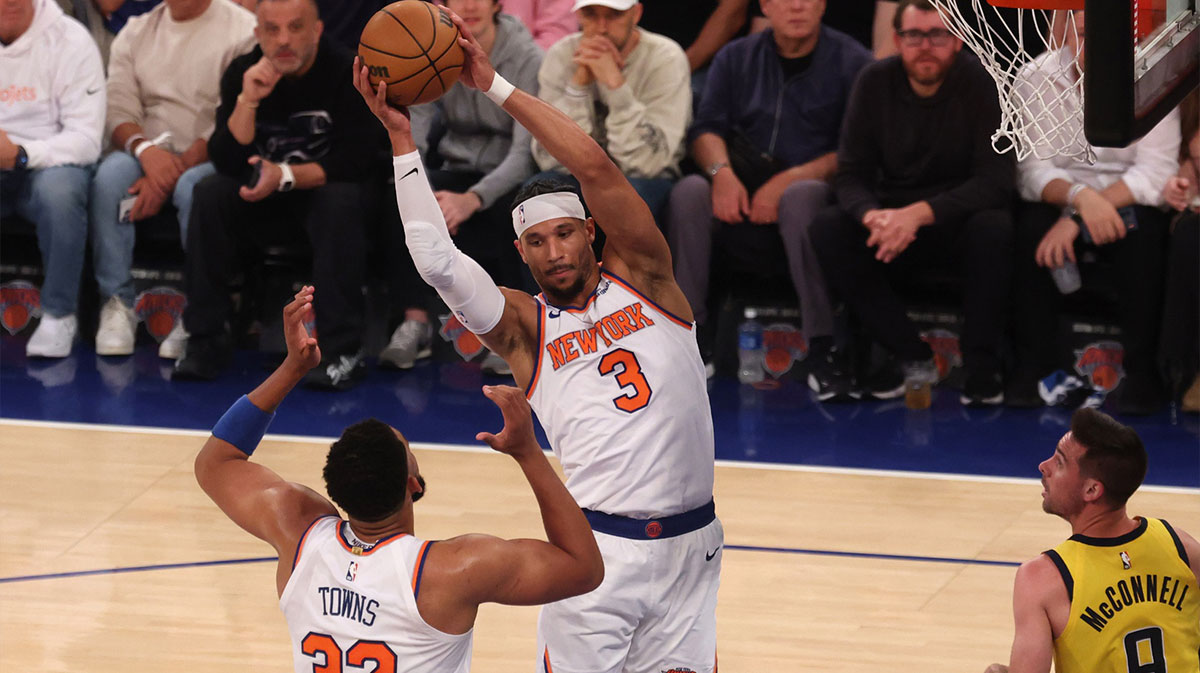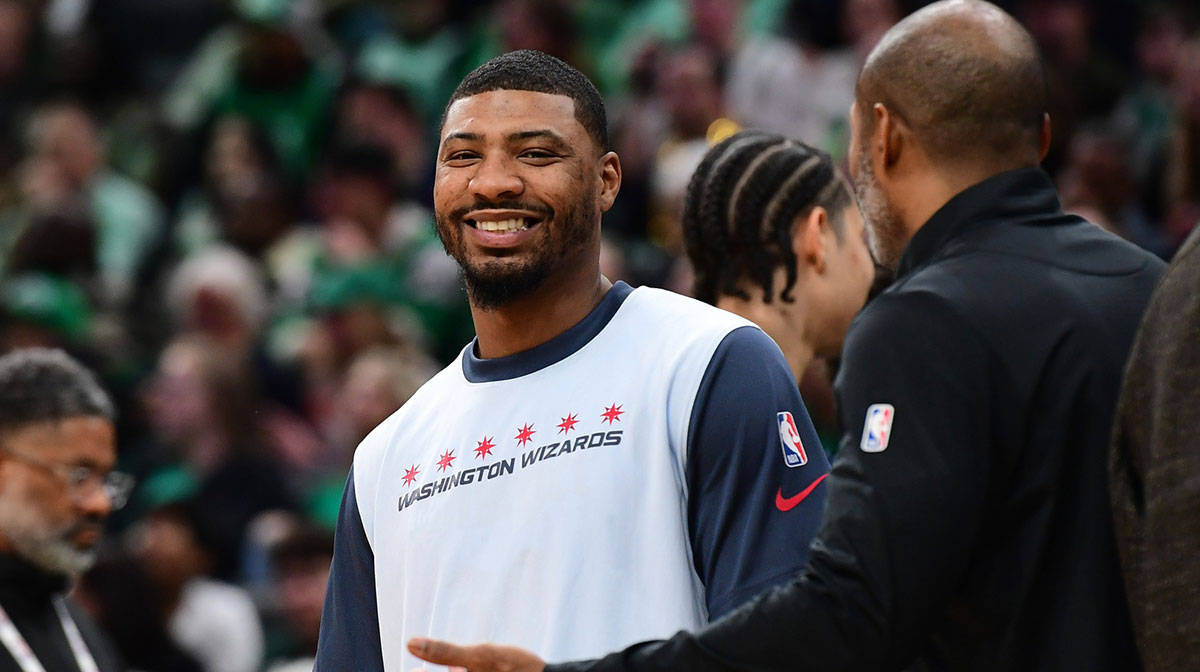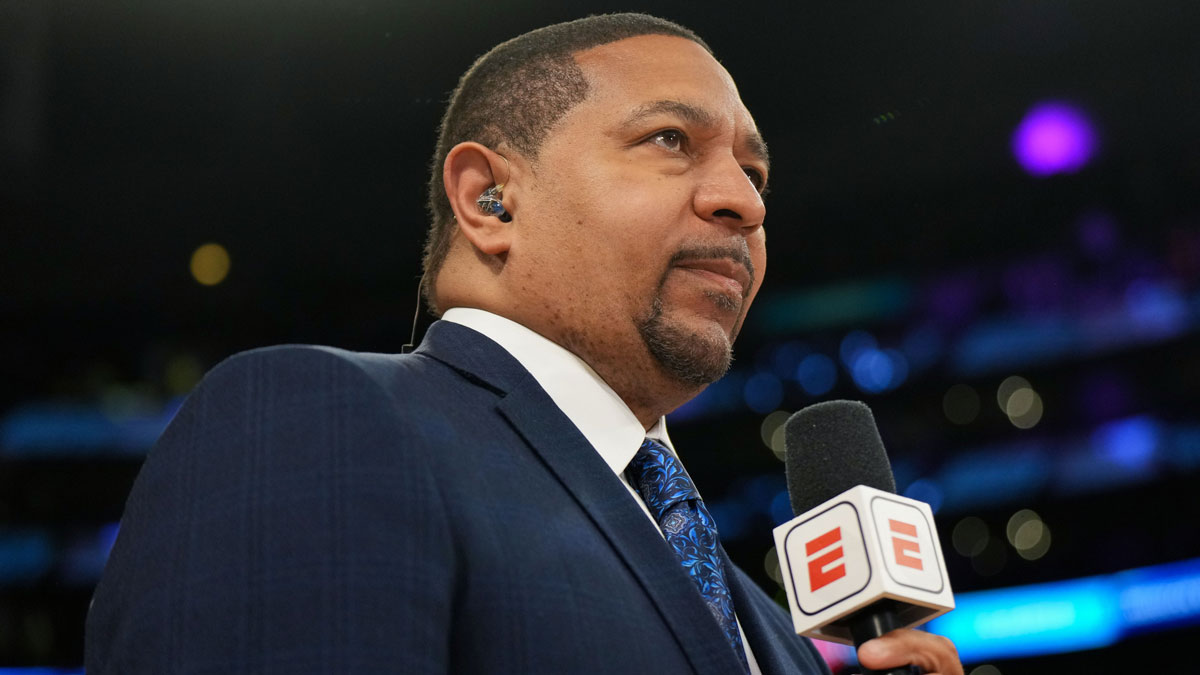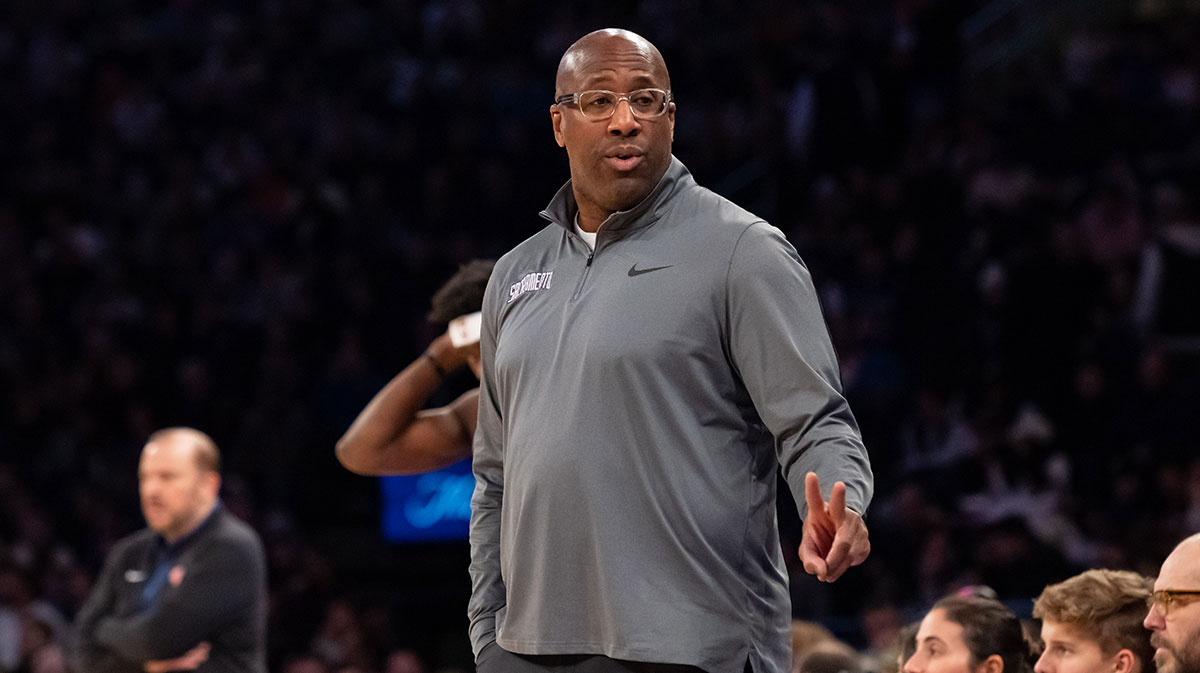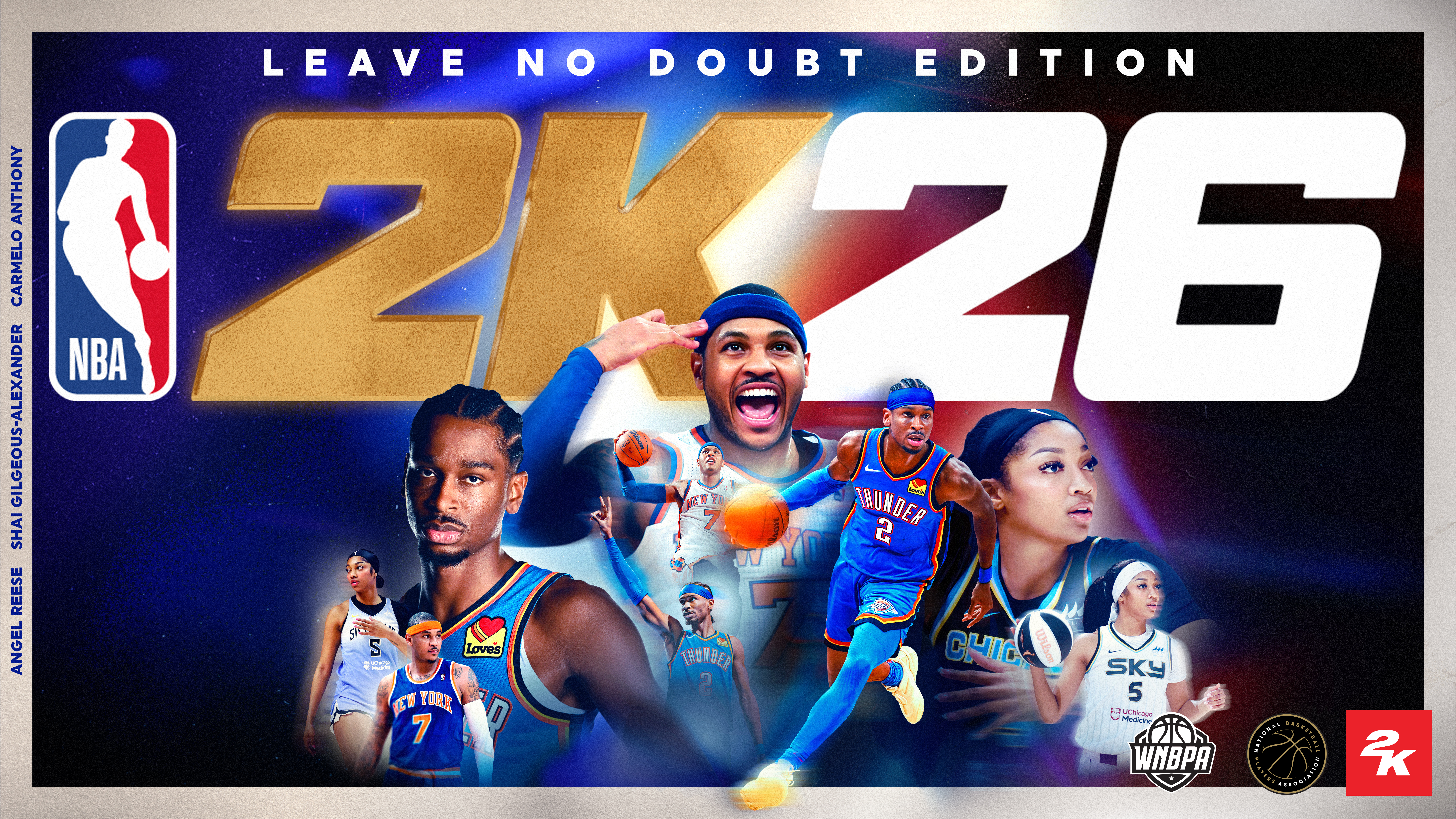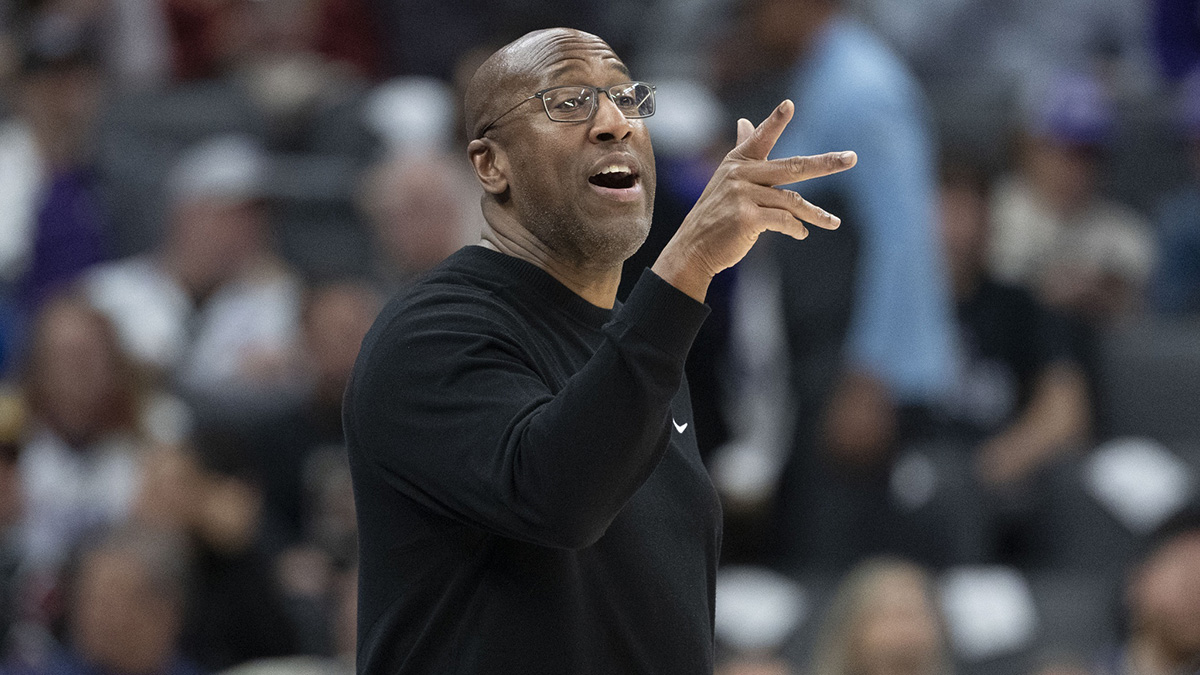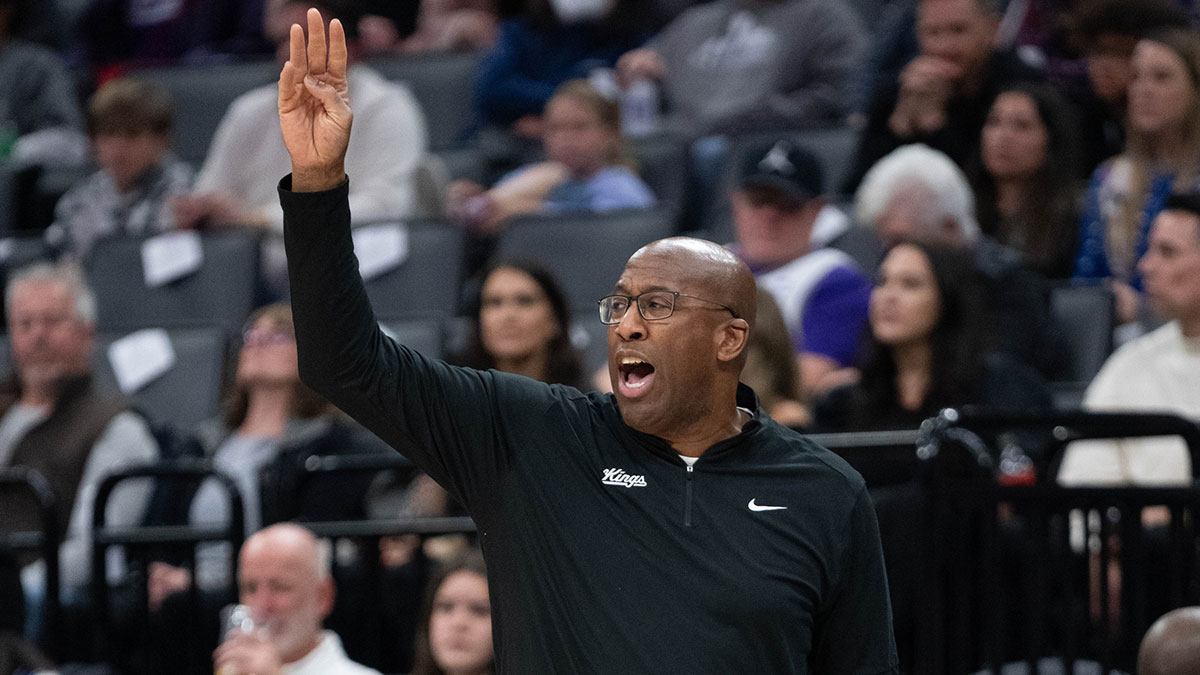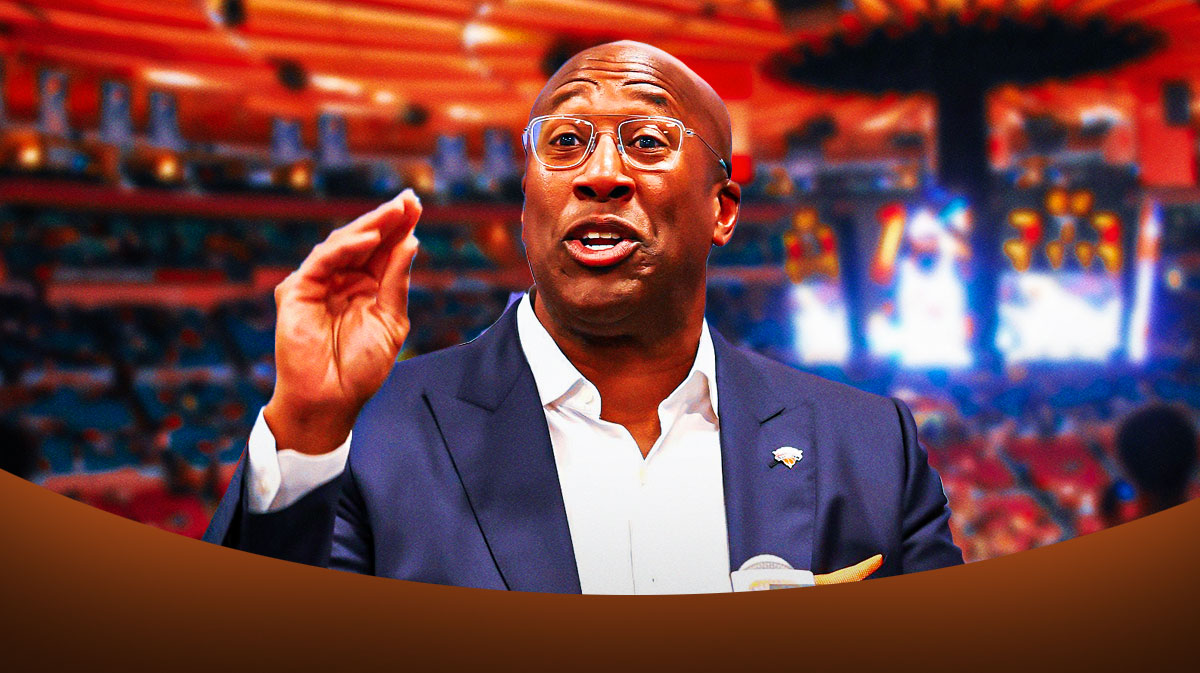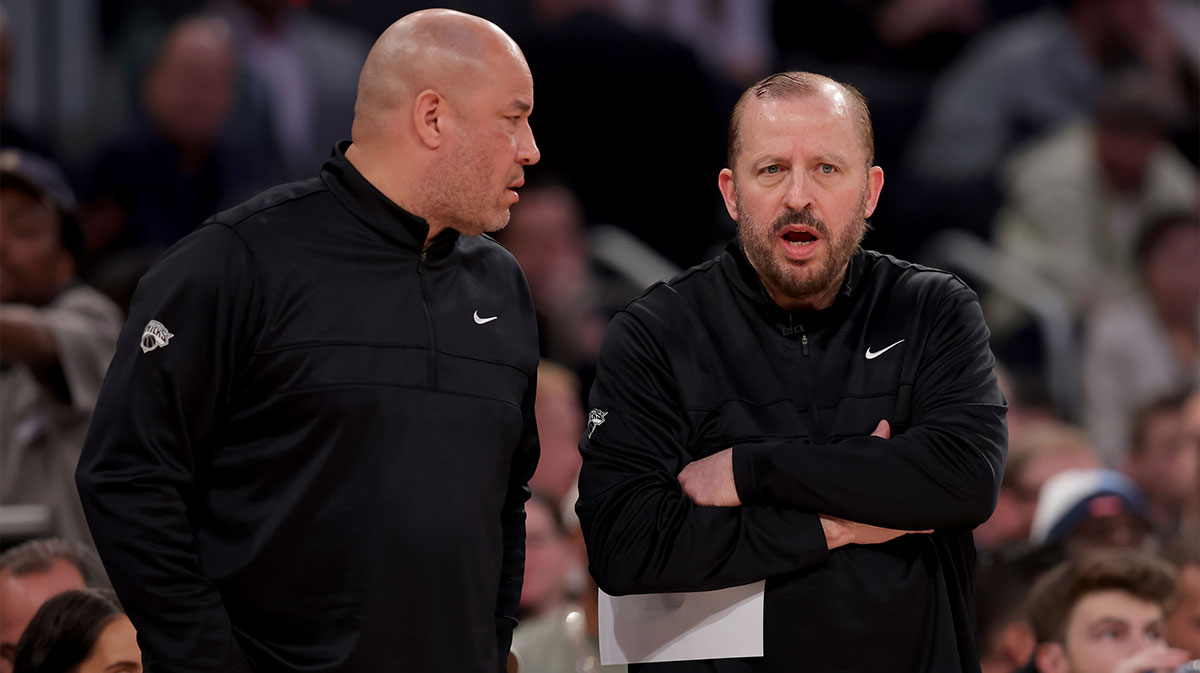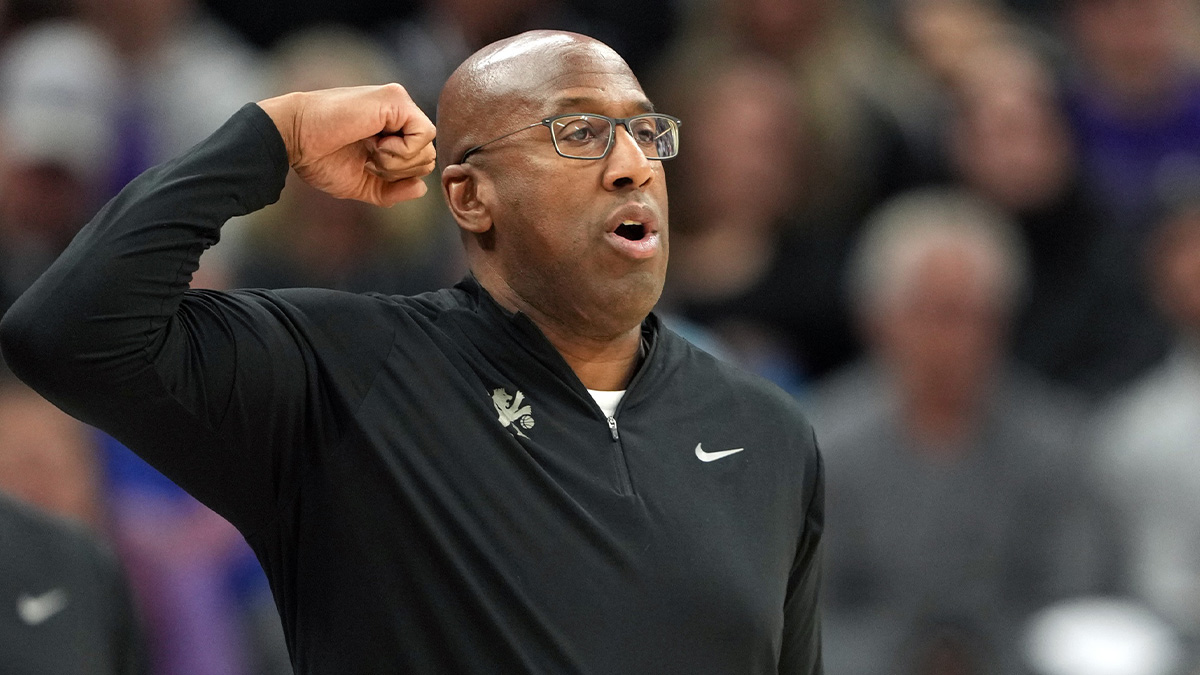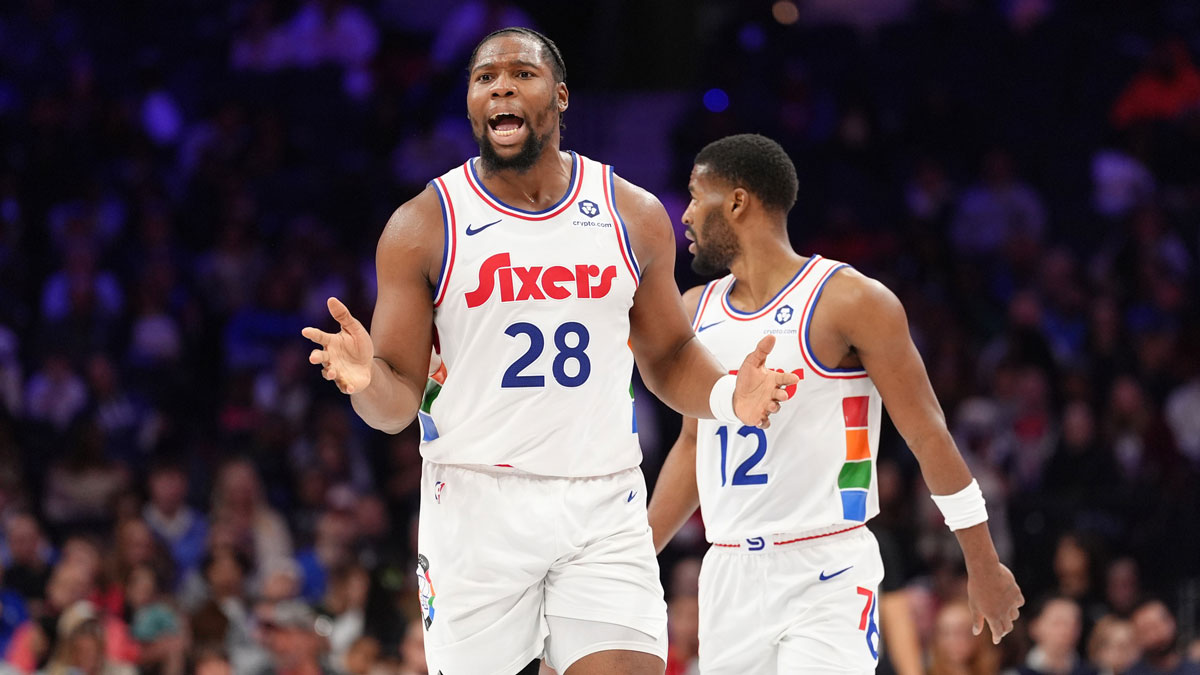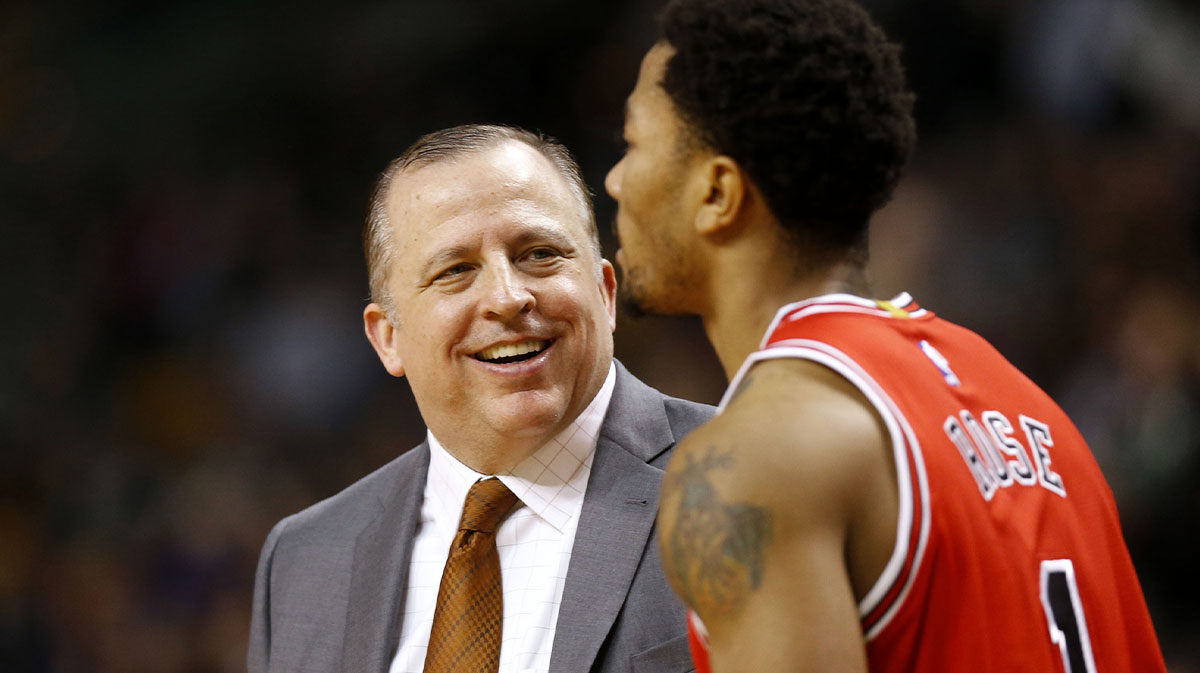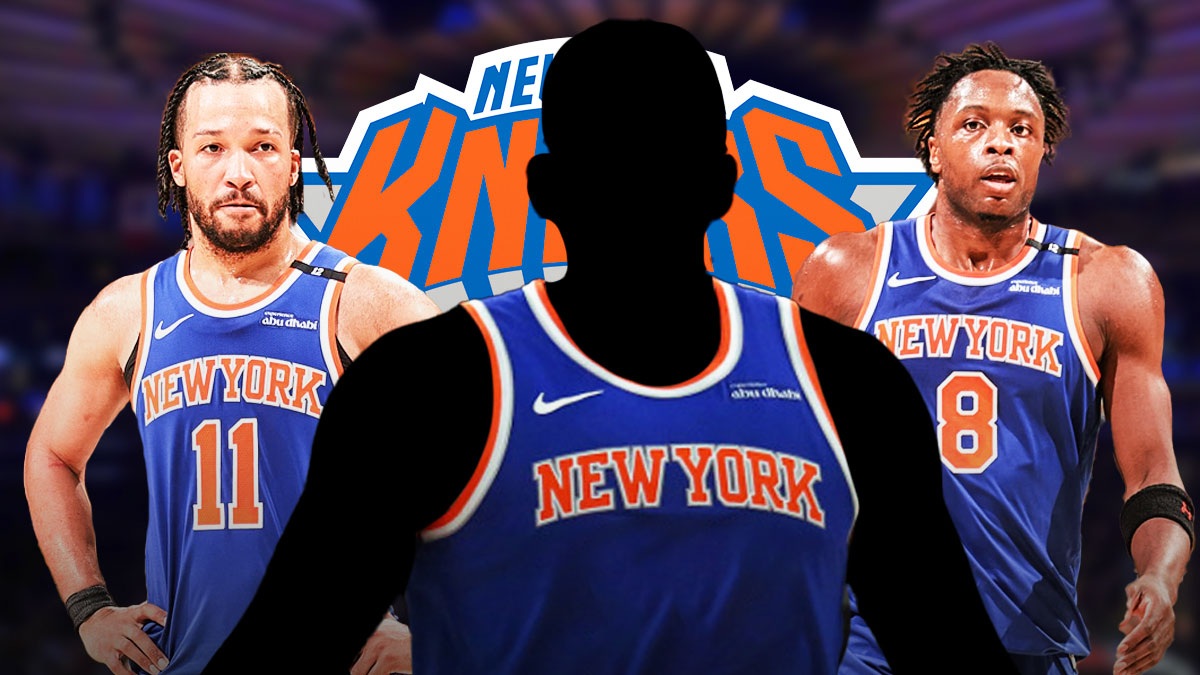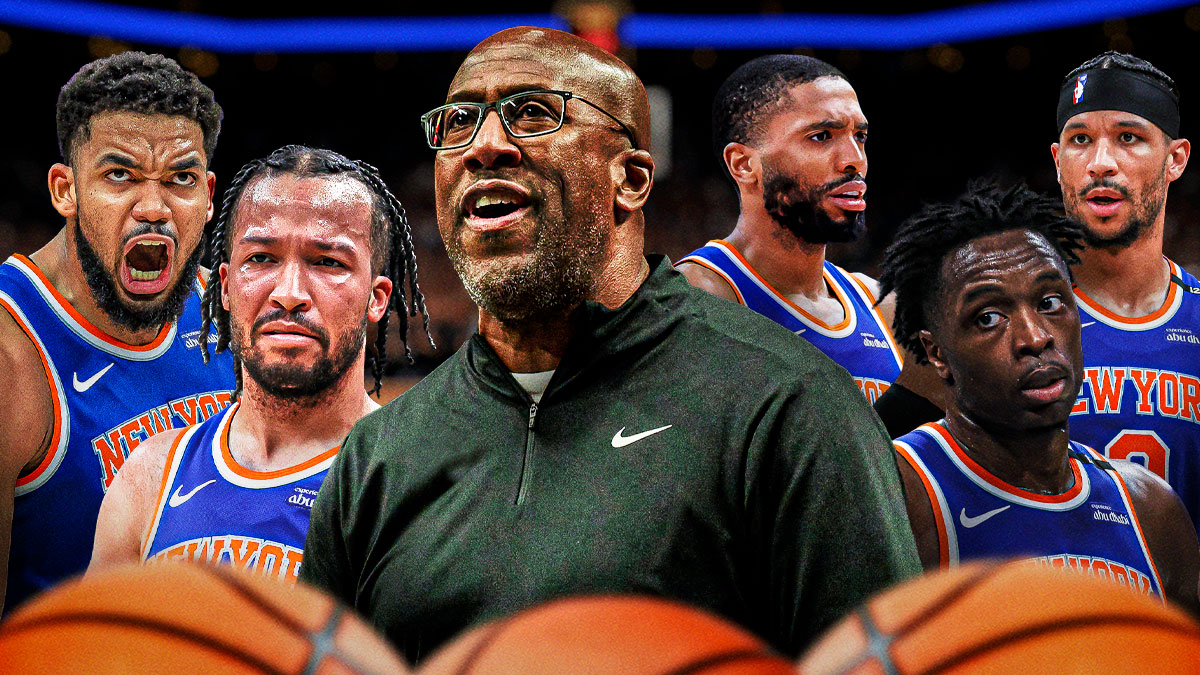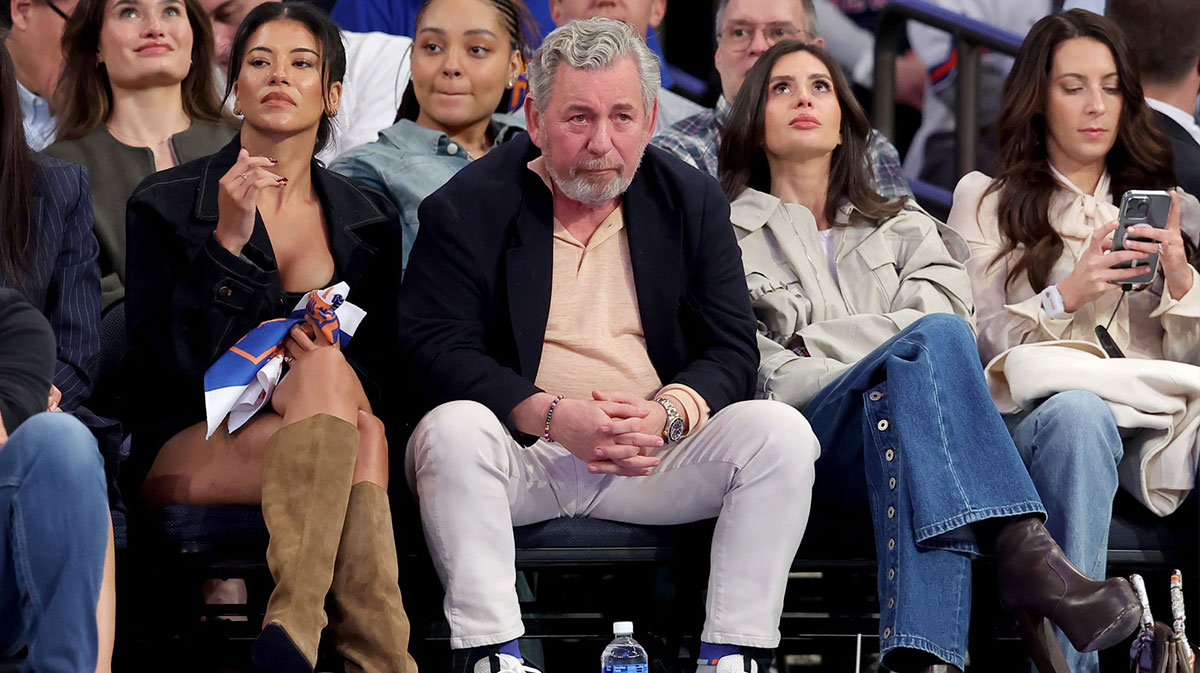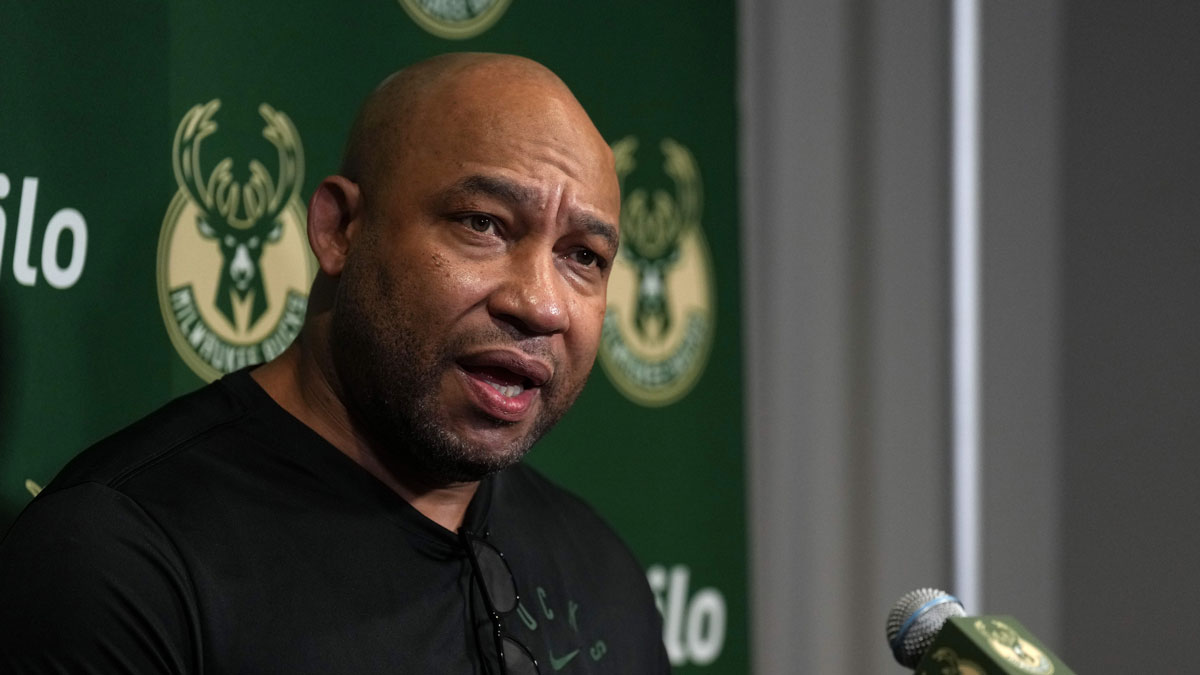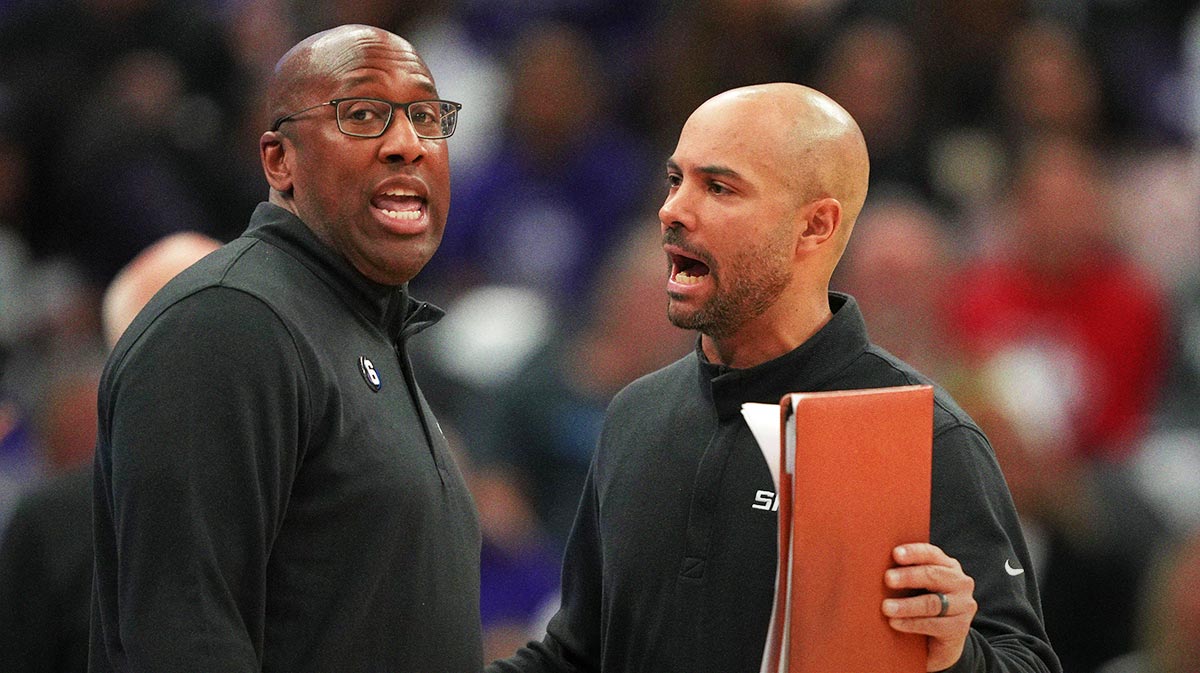Everyone has their crazy sports theories.
Some believe the famous Jordan “flu-game” wasn’t a flu-game at all, but a result of being poisoned or his Airness being out all night partying it up like it was 1999.
Others believe the NBA has been rigging its draft for years so players like Patrick Ewing in 1985 and LeBron James in 2003 would end up on the teams that would be most profitable to the league.
And some say NBA teams lose games… on purpose??
Well, that last one might not be ridiculous. All you need to do is look at the 2018-19 Knicks for some semblance of proof.
But one far-fetched theory has caught traction thanks to the 2019 World Series.
Thanks to Bryce Harper, the Patrick Ewing Theory has been widely debated by sports fans worldwide once again.
As a casual basketball fan, you might not know much about the theory created by die-hard Celtics fan/sports analyst Bill Simmons.
The TL:DR version of the theory is that a team actually gets better when their star player leaves. Usually for a short period of time, but sometimes longer depending on the circumstance.
Now, before you laugh or write it off, let’s take a closer look at the questionable proposition and see if it has any weight to it.
Here’s an inside look at the Ewing Theory and some examples that those who swear by it use as proof.
Before we get in to examples, let’s look at the theory’s origins.
As mentioned before, Bill Simmons and a friend by the name of Dave Cirilli popularized the Patrick Ewing Theory around 1995.
Cirilli believed that when Knicks star center Patrick Ewing missed stretches either due to injury or foul trouble, the team actually played better.
We’ll see how much truth there is to that later.
According to Simmons, the theory needs two components to be true in order to examine:
- 1. A star athlete receives an inordinate amount of media attention and fan interest, and yet his teams never win anything substantial with him (other than maybe some early-round playoff series).
- That same athlete leaves his team (either by injury, trade, graduation, free agency or retirement) — and both the media and fans immediately write off the team for the following season.”
Obviously, the team the star left then needs to actually play better for the theory to be true.
Without further ado, let’s look at some popular examples.
Patrick Ewing
Let’s start with the namesake of the theory.
Simmons highlights the fact that the Knicks won the Eastern Conference Finals even after Ewing tore his Achilles in Game 2 against the Pacers as proof of the theory.
Still, the Knicks went on to get pummeled by the Spurs in the final, in which they could’ve surely used Ewing against the Twin Towers of Tim Duncan and David Robinson.
This is where the “short term” gain of the Ewing theory might apply best, as opposed to some long reaching positive. Most teams do better, over a larger sample, with the best players.
Using a four game sample size to base an entire theory on is silly, so let’s look at the entire season, a slightly more tolerable 50 game sample size (the ‘98-’99 season was lockout shortened).
Patrick Ewing played in 38 of those games. In those 38, the team went 20-18. Without him, the team went 7-5.
In games Ewing played, the Knicks defense allowed about 85 points on average and scored about 86 (PA 85.23, PS 86.15).
Without Ewing, the numbers look very similar (PA 85.45, PS 87.27).
Knicks averaged 86.4 points per game, gave up 85.38 on the year.
Based off an admittedly small sample size, there is no proof that the Knicks markedly improved without Ewing in the 1999-99 regular season.
Perhaps he didn’t have the effect that a star should’ve had on his team, but he was not dragging the team down by any means.
Patrick Ewing isn't the only guy out here who fits into this idea.
Let’s look at a modern example. Who better to evaluate then Kyrie Irving, who formerly played for Simmons’ favorite team.
Throughout his Boston tenure, there was a loud section of Celtics fans who insisted the team played better without Uncle Drew.
Irving missed a total of 37 regular season games during his two years with the C’s. Here’s a comparison to how the Celtics fared when he missed games to when he played.
2017-18- No Irving, (14-8) PA- 99.3, PS- 100.7
2017-18- Team Record- (55-27) PA- 100.4, PS- 104.0
2018-19- No Irving- (13-2), PA- 105.2, PS- 112.8
2018-19- Team Record- (49-33), PA- 108.0, PS-112.4
These numbers lend more proof to the Patrick Ewing Theory than it’s actual namesake. Maybe it should be renamed the Flat Earth Theory…
Oh, that’s already taken?
It’s not a shock that the Celtics got better defensively with Irving off the floor. But in the 15 games Irving missed in ‘18-’19, the team actually scored more without him.
But what about the quality of opponents the Celtics faced in Irving’s absence? It wasn’t exactly a challenge to beat the Cavaliers at the time.
In the 15 games Irving missed in 2018-19, the Celtics played exactly TWO teams that finished the season above .500. And one of those teams handed them a loss.
So while the Celts dazzled without their star, a lot of those games were against the cellar dwellers of the NBA.
While it’s plausible that a team rallies around each other in the absence of its biggest name (See: 2019 Washington Nationals), it just doesn’t make sense that a team suddenly massively improves because it’s best player leaves.
Take the Nats. Sure, Bryce Harper left, but when you look at the numbers, he was not the best player in D.C.
In seven years, Harper led the team in WAR once. Anthony Rendon and Max Scherzer led the team twice. Can you imagine where the team would be without one of them?
In conclusion, the Ewing Theory probably shouldn’t be named the Ewing Theory. Or the Irving Theory. Or even the Harper Theory.
For now, we don’t even have to rename it. We can just put it away with all the other crazy sports theories. Or, if we must, we can just call it “The Starting At The Conclusion, Then Working Our Way Backwards Using Small Sample Sizes To Prove It Theory” or the SATCTWOWBUSSSTPIT for short.

